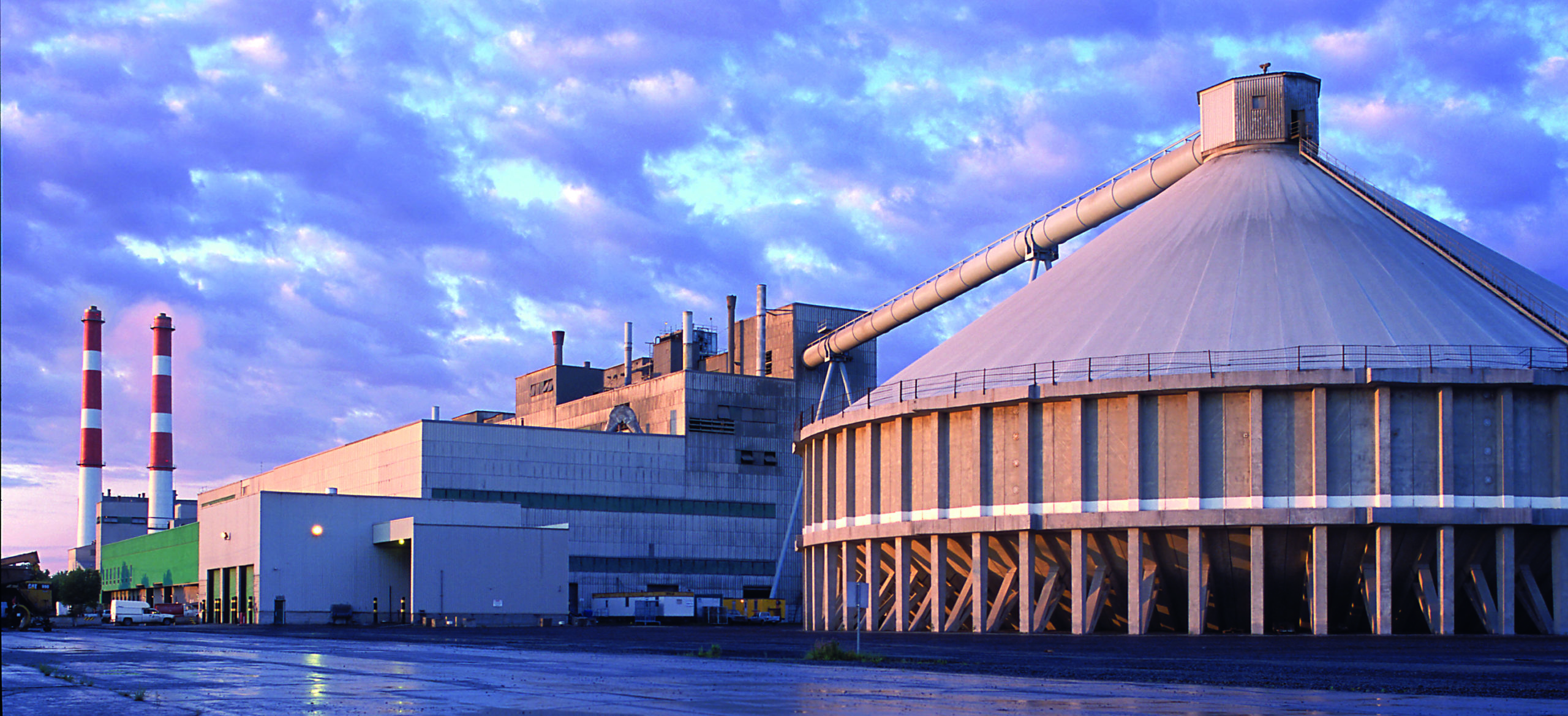Massimo Toso, President and CEO, Buzzi Unicem USA
PCA Climate and Sustainability Council Co-Chair
It is critical that we urgently take steps to address sustainability and climate change, executing both near-term and long-term solutions. Particularly if we are to make progress on the Biden Administration’s target to achieve significant greenhouse gas reductions by 2030, industry, private and public companies, and the government must all work together. One quick action that would both cut manufacturing emissions and reduce waste materials in landfills would be to increase industry’s access to, alternative fuels. Industries, such as cement manufacturing, operate 24 hours a day, seven days a week, so increasing the use of industrial and commercial byproducts as fuels could lower emissions nearly 15% by 2050.
Such reductions are possible – and necessary – given the volume of cement and concrete needed for our nation’s critical infrastructure. Concrete, made with cement, is the second most consumed material in the world (after water) and is vital to our nation’s communities, forming the foundation of roads, bridges, runways and life-sustaining infrastructure. According to the MIT Concrete Sustainability Hub, the U.S. is projected to add 121 billion square feet of buildings by 2050, and that is not including expanding and rehabbing existing infrastructure like roads and bridges under the Senate’s $579 billion infrastructure proposal expected to be passed later this year. The Portland Cement Association estimates U.S. cement consumption to reach a level of 143 million metric tons by 2040.
Today, alternative fuels make up only about 13.5% of the fuel used by domestic cement manufacturers, compared to more than 36% in the EU – even up to 60% in Germany. U.S. cement plants began adopting alternative fuels as early as the 1970s, so why do we lag behind other regions in greater use of alternative fuels?
Burdensome regulations – cement manufacturers face unnecessary legal and regulatory restrictions from the Clean Air Act and Resource Conservation and Recovery Act on the types of low-carbon fuels they can use. The cement industry has adopted the use of some alternative fuels, but further emissions reductions remain constrained by outdated regulations.
Use of alternative fuels not only reduces the release of greenhouse gases (GHGs), it also diverts materials from landfills, reduces environmental risks by storing less waste, brings industry into the circular economy and gives materials that had otherwise reached their end-of-life another use. If the Biden administration were to modernize regulations to allow for the use of non-hazardous paper, plastics and fibers as fuels, and ease the regulatory definition of discarded materials to encourage the use of recycled materials as fuels, cement manufacturers could help divert landfilled waste, contributing to a circular economy by avoiding the energy needed to process virgin materials.
As the industry works to further reduce environmental impacts, now is the time for regulators and policy makers to take the necessary steps that will unlock alternative fuels. In partnership with Congress, the Biden administration and EPA leaders, we hope to enable greater access to such fuels and ultimately realize reduced emissions – while finding a productive use for the nation’s waste materials.

